Mandragora Plants – Growing Mandrake Plant Varieties In The Garden
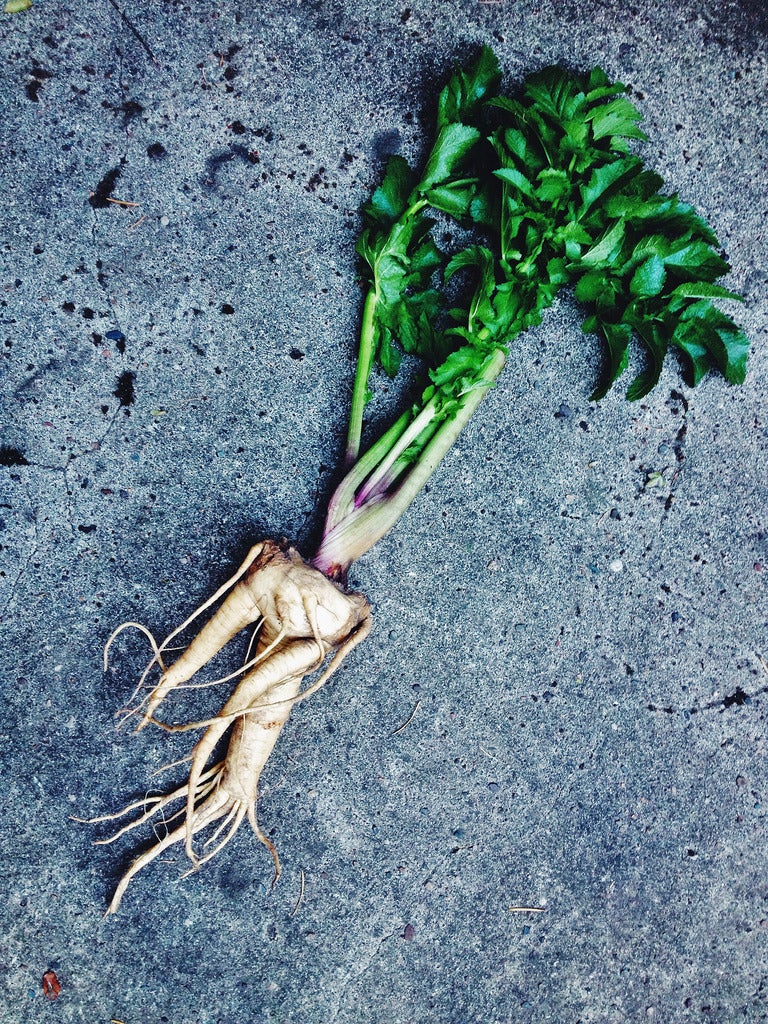

If you are interested in growing mandrake, there is more than one type to consider. There are several mandrake varieties, as well as plants called mandrake that are not from the same Mandragora genus. Mandrake has long been used medicinally, but it is also highly toxic. Take great care with this plant and never use it as medicine unless you are very experienced in working with it.
Mandragora Plant Information
The mandrake of myth, legend, and history is Mandragora officinarum. It is native the Mediterranean region. It belongs to the nightshade family of plants, and the Mandragora genus contains a couple different kinds of mandrake.
Mandragora plants are flowering perennial herbs. They grow wrinkly, ovate leaves that stay close to the ground. They resemble tobacco leaves. Whitish-green flowers bloom in spring, so this is a pretty little plant. But the part of the plant mandrake is most known for is the root.
The root of Mandragora plants is a taproot that is thick and splits so that it looks a little bit like a person with arms and legs. This human-like form gave rise to a lot of myths about mandrake, including that it gives off a fatal scream when pulled from the ground.
Mandrake Plant Varieties
The taxonomy of Mandragora can be a little confusing. But there are at least two well-known (and true) types of mandrake that you can probably find to grow in the garden. Both varieties have the distinctive, human-like roots.
Mandragora officinarum. This is the plant that the term mandrake usually refers to and the subject of many myths in ancient and medieval times. It’s best grown in mild climates with sandy and dry soil. It needs partial shade.
Mandragora autumnalis. Also known as autumn mandrake, this variety flowers in the fall, while M. officinarum blooms in spring. M. autumnalis grows best in sandy soil that is moist. The flowers are purple.
Gardening tips, videos, info and more delivered right to your inbox!
Sign up for the Gardening Know How newsletter today and receive a free copy of our e-book "How to Grow Delicious Tomatoes".
In addition to the true mandrakes, there are other plants often referred to as mandrakes but that belong to different genera or families:
- American mandrake. Also known as mayapple (Podophyllum peltatum), this is a forest plant native to the northeastern U.S. It produces umbrella-like leaves and a single, white flower that develops a small, green fruit similar to apple. Don’t try it, though, as every part of this plant is highly toxic.
- English mandrake. This plant is also called false mandrake and is more accurately known as white bryony (Bryonia alba). It is considered an invasive vine in many places with a growth habit similar to that of kudzu. It is also toxic.
Growing mandrake can be risky because it is so toxic. Take care if you have pets or children, and make sure to keep any mandrake plants out of their reach.

Mary Ellen Ellis has been gardening for over 20 years. With degrees in Chemistry and Biology, Mary Ellen's specialties are flowers, native plants, and herbs.
-
 Looking For Plants To Give You The Soft And Fuzzies? Try These 5 Fuzzy Leaf Plant Options
Looking For Plants To Give You The Soft And Fuzzies? Try These 5 Fuzzy Leaf Plant OptionsLovers of texture, drama, silver foliage and tactile plants will adore these special sensory garden additions. These fuzzy leaf plant options will leave you all aglow
By Susan Albert
-
 Get Ready For A Summer Of Hummers! Grow These Full Sun Hummingbird Plants and Flowers
Get Ready For A Summer Of Hummers! Grow These Full Sun Hummingbird Plants and FlowersIf you’re lucky enough to enjoy a sunny backyard, make sure you are maxing out on your pollinator opportunities and grow these full sun hummingbird plants and flowers
By Tonya Barnett
-
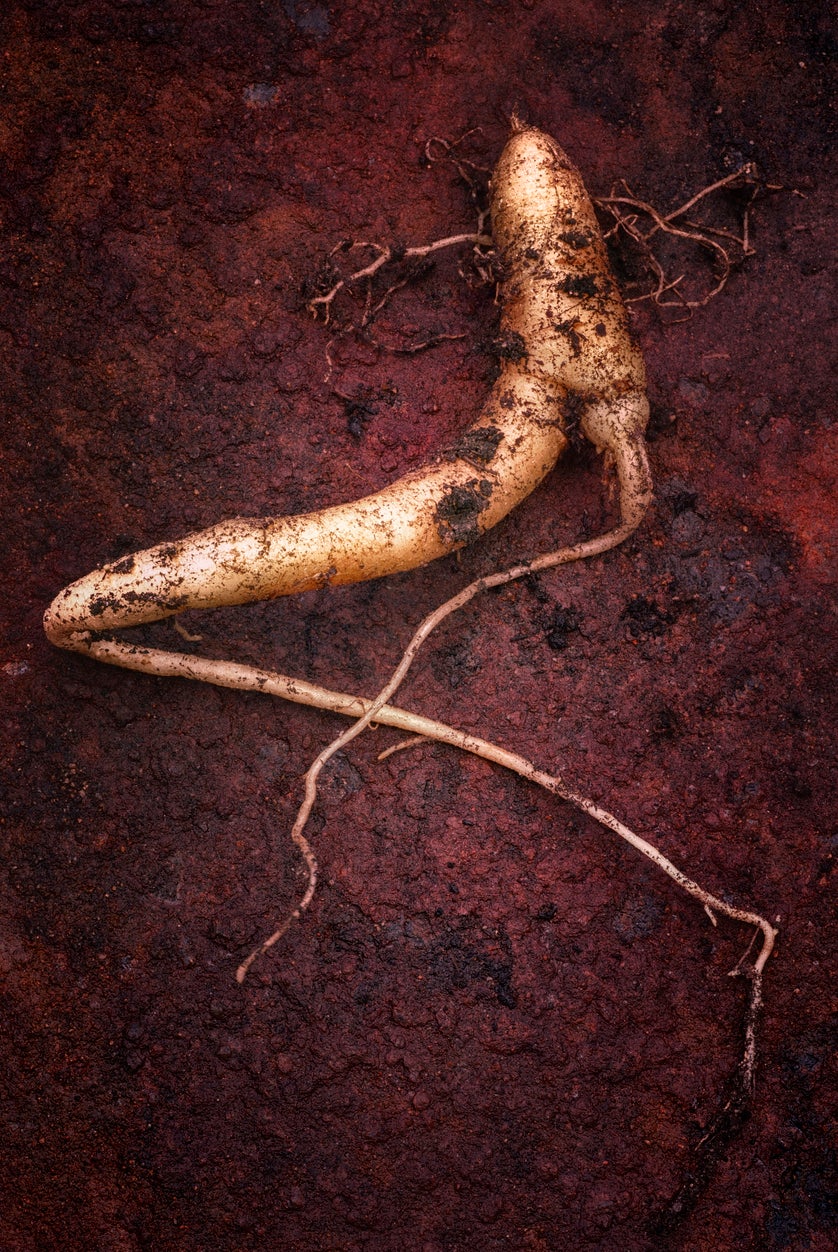 Mandrake Winter Protection – Learn About Mandrake Winter Care
Mandrake Winter Protection – Learn About Mandrake Winter CareMandrake is a plant steeped in history and myth. Although care should be taken, growing mandrake can be a fun way to be a part of history. Mandrake winter care is important to consider, though, before you start growing this Mediterranean native. Learn more here.
By Mary Ellen Ellis
-
 Mandrake Propagation Guide – Tips For Growing New Mandrake Plants
Mandrake Propagation Guide – Tips For Growing New Mandrake PlantsGrowing new mandrake plants is quickest from roots or offsets, but you can also start them from seed. Propagation of mandrake from seed can be a little tricky unless you know a couple of crucial tips. Click this article to learn how to propagate mandrake.
By Bonnie L. Grant
-
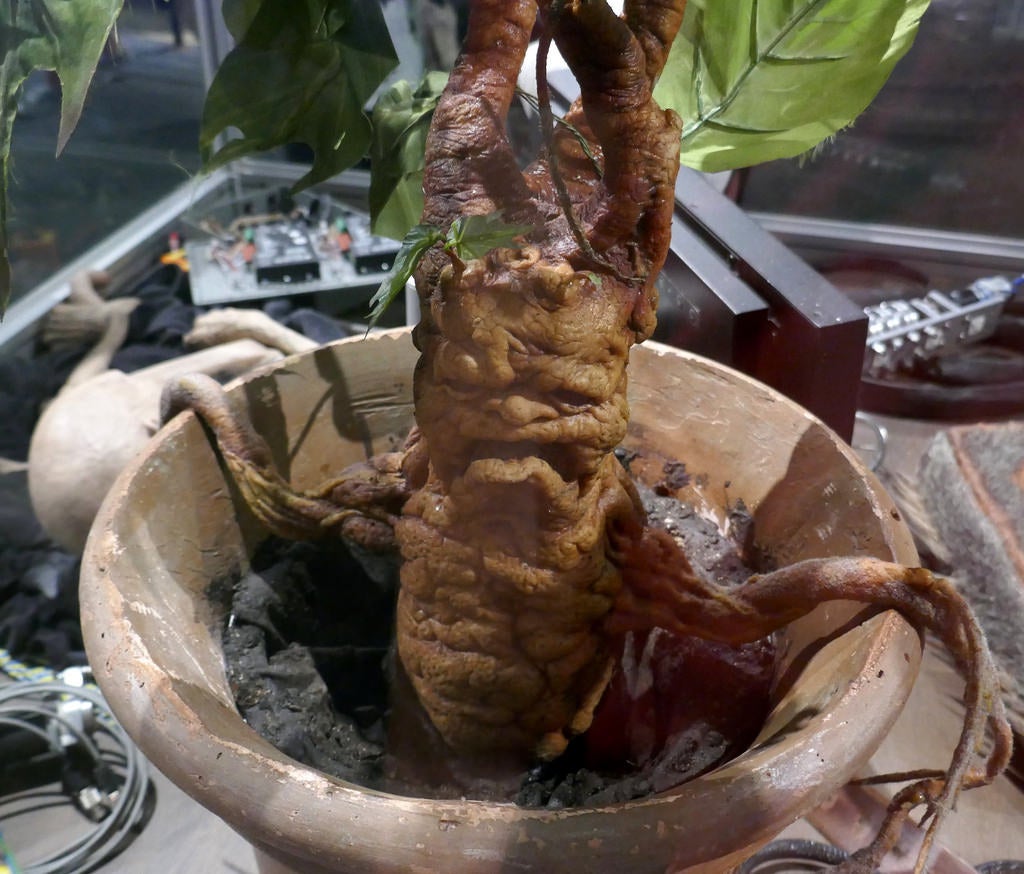 Mandrake History – Learn About Mandrake Plant Lore
Mandrake History – Learn About Mandrake Plant LoreMandragora officinarum is a real plant with a mythical past. Known more commonly as mandrake, the lore generally refers to the roots. Beginning in ancient times, stories have included magical powers, fertility, possession by the devil, and more. Click here for additional info.
By Mary Ellen Ellis
-
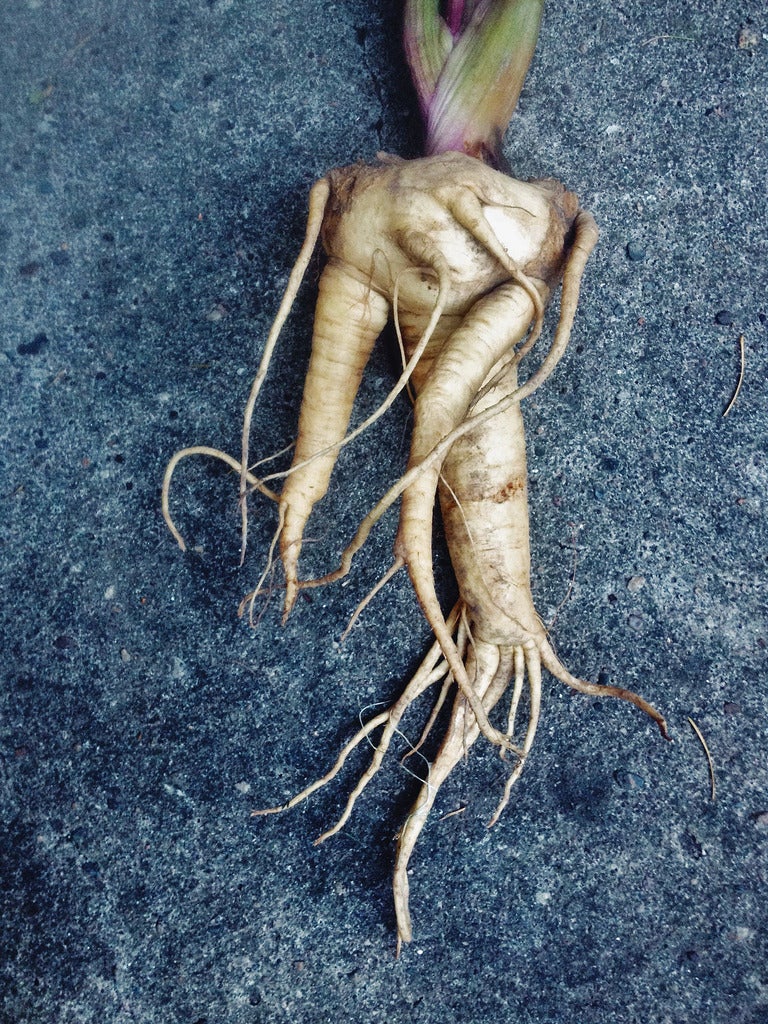 Common Mandrake Uses – What Is Mandrake Used For
Common Mandrake Uses – What Is Mandrake Used ForMandrake plants aren’t widely used today, although herbal mandrake is still used by some people. According to folklore, this fascinating plant was thought to have great powers, both positive and negative. What do you do with mandrake? Let’s find out here.
By Mary H. Dyer
-
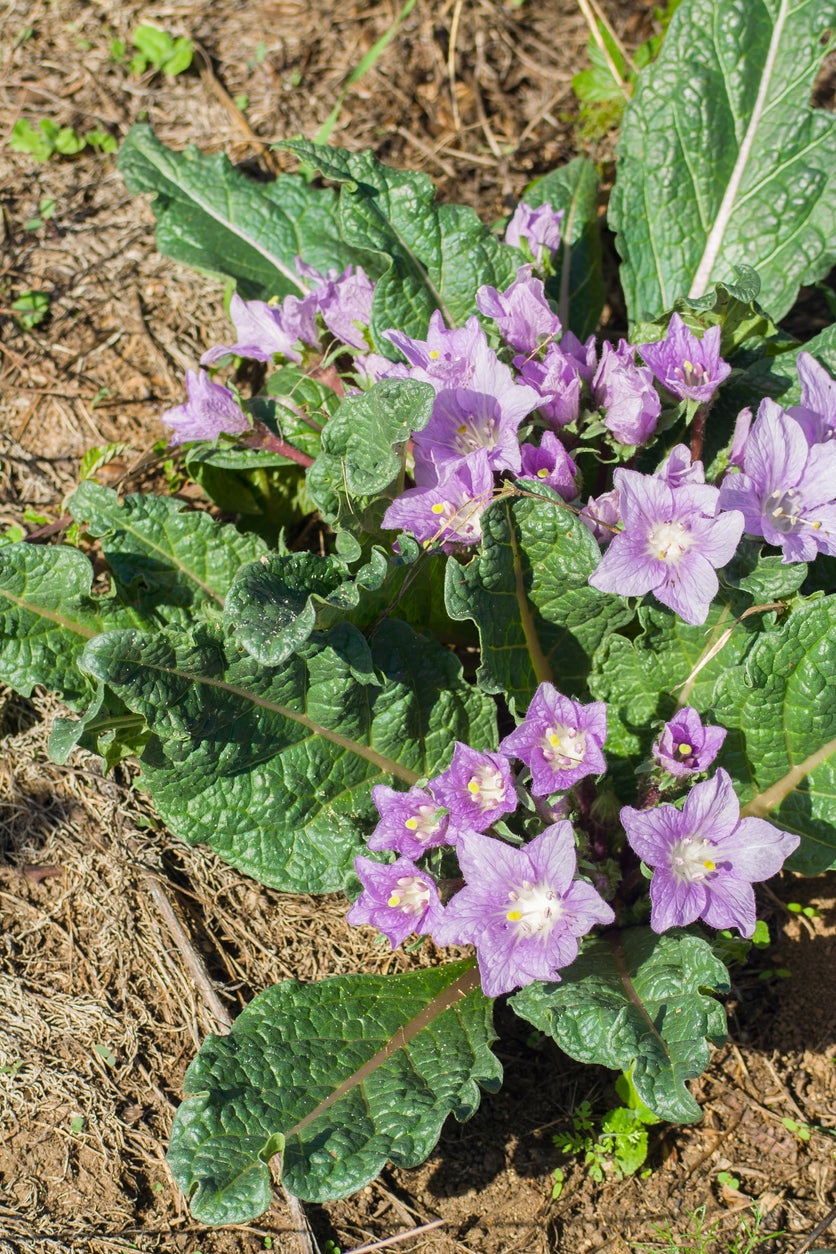 Is Mandrake Poisonous – Can You Eat Mandrake Root
Is Mandrake Poisonous – Can You Eat Mandrake RootFew plants have such a storied history rich in folklore and superstition as the poisonous mandrake. Can you eat mandrake? Ingestion of the plant was once thought to sedate and improve sexual function. Further reading here will help understand mandrake toxicity and its effects.
By Bonnie L. Grant
-
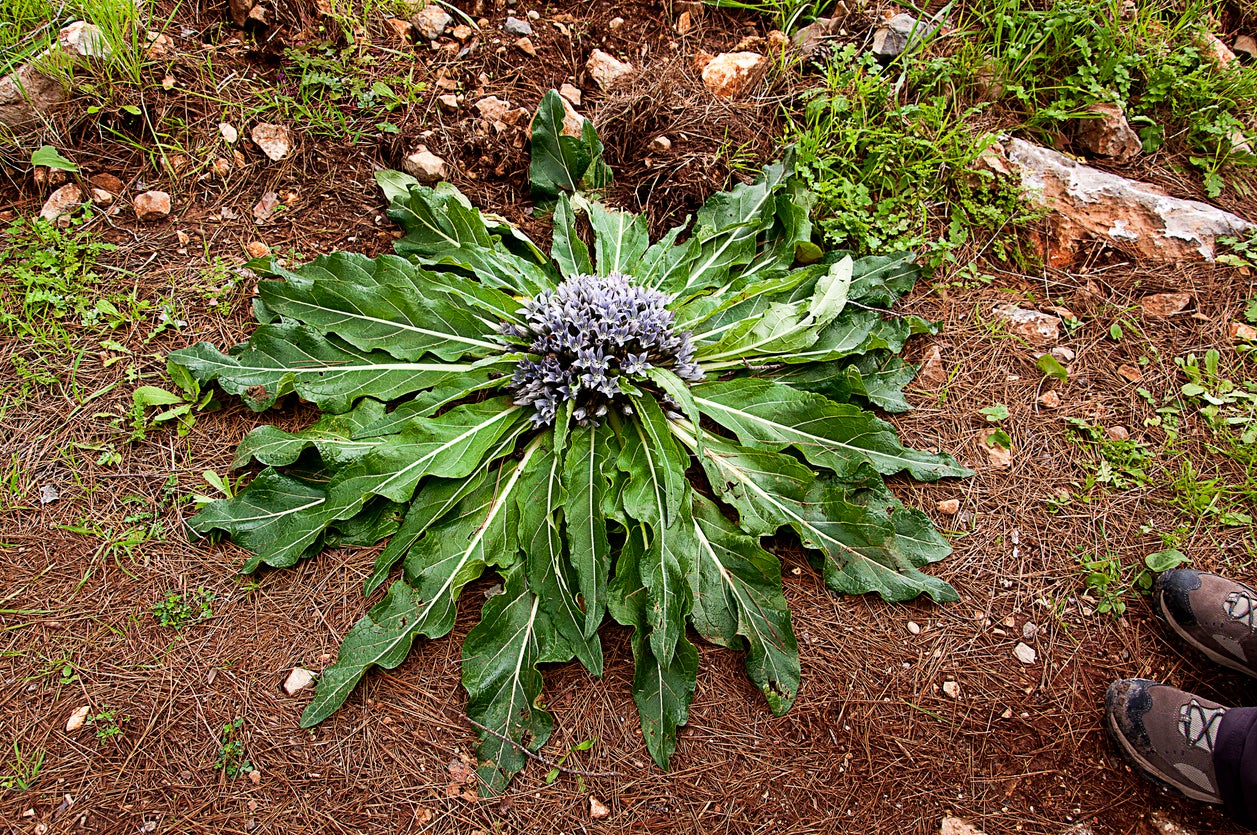 Mandrake Division – How To Divide Mandrake Roots
Mandrake Division – How To Divide Mandrake RootsGrowing mandrake is a way to add history and myth to your garden. Mandrake division is one way to propagate this plant, but the roots are sensitive to disturbance, so it must be done with care. This article will help get you started with mandrake division in the garden.
By Mary Ellen Ellis
-
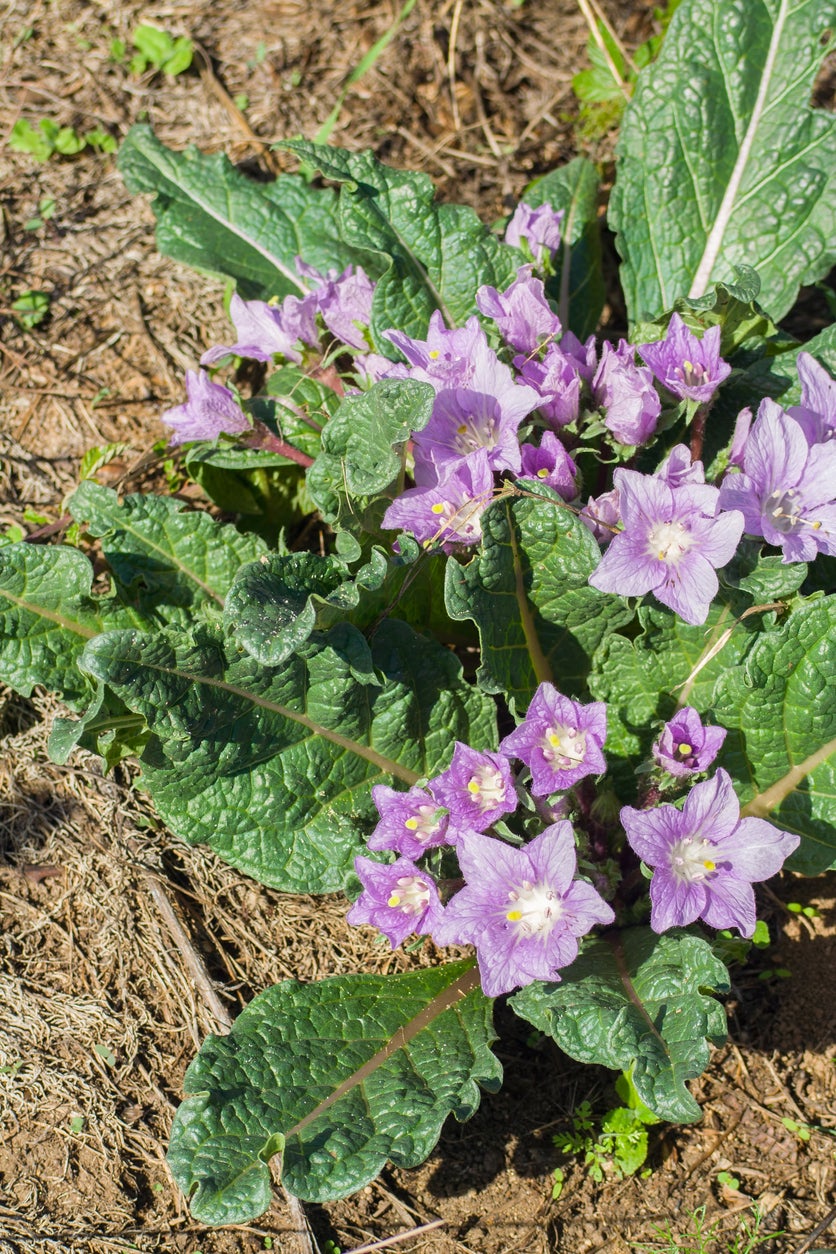 Mandrake Irrigation Guide – Learn How To Water Mandrake Plants
Mandrake Irrigation Guide – Learn How To Water Mandrake PlantsThere is no denying that the mandrake is quite the interesting and mythical plant. With proper care, like watering, this dark (yet beautiful) plant will produce vibrant dark green foliage and elegant white and pink-purple blooms. This article will help with that.
By Tonya Barnett
-
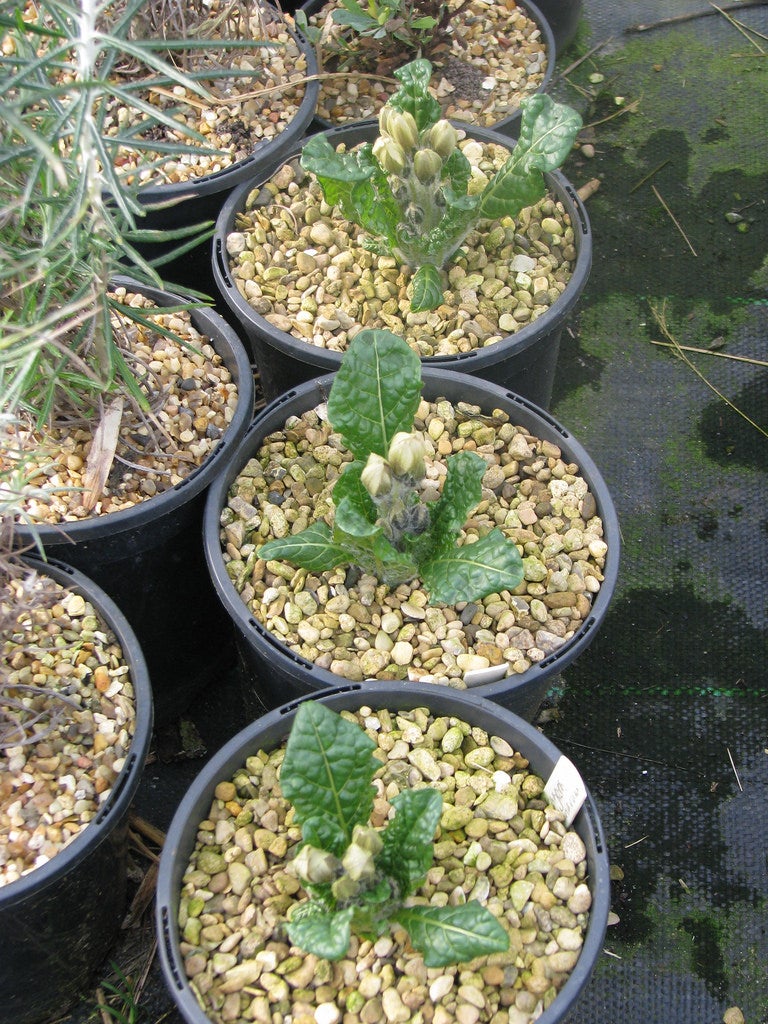 Potted Mandrake Care: Can You Grow Mandrake In Planters
Potted Mandrake Care: Can You Grow Mandrake In PlantersWhile legends of screaming plant roots may sound terrifying to some, this petite flower is a beautiful addition to ornamental containers and flower plantings. Click on the following article for tips on caring for container-grown mandrake plants.
By Tonya Barnett